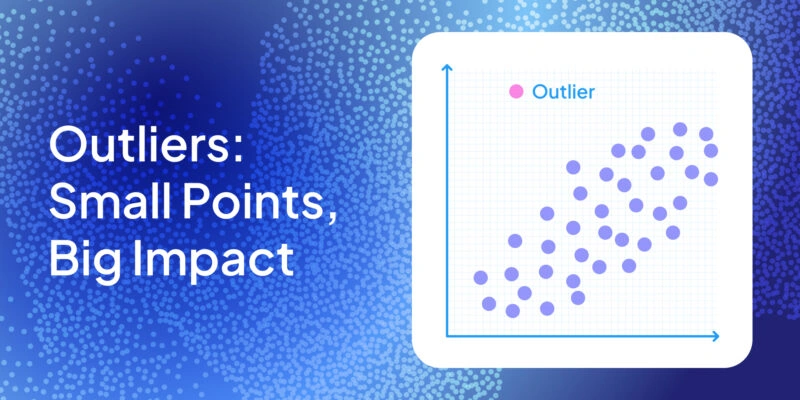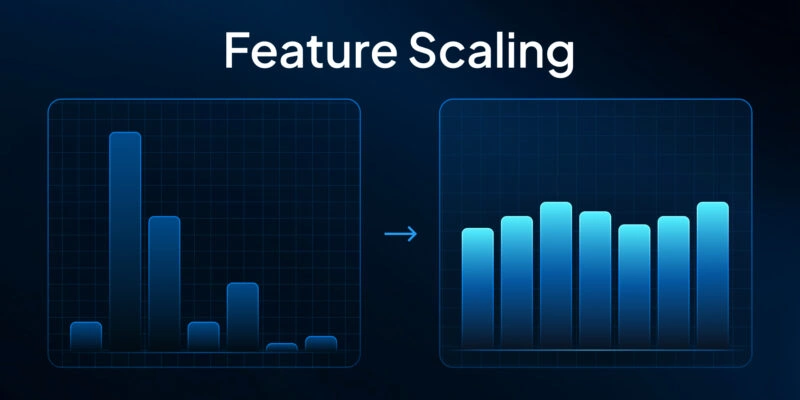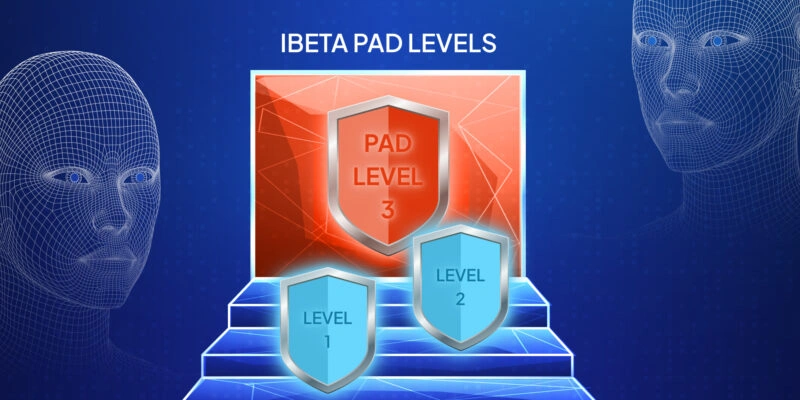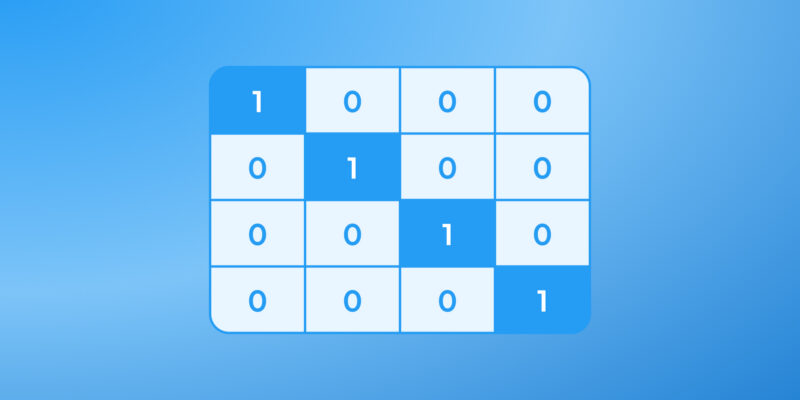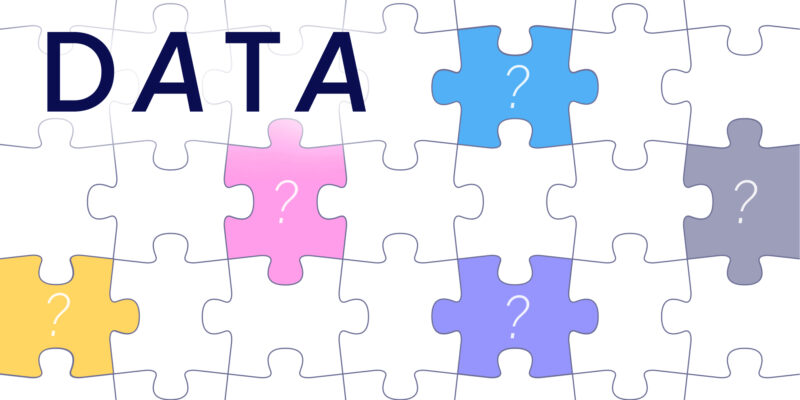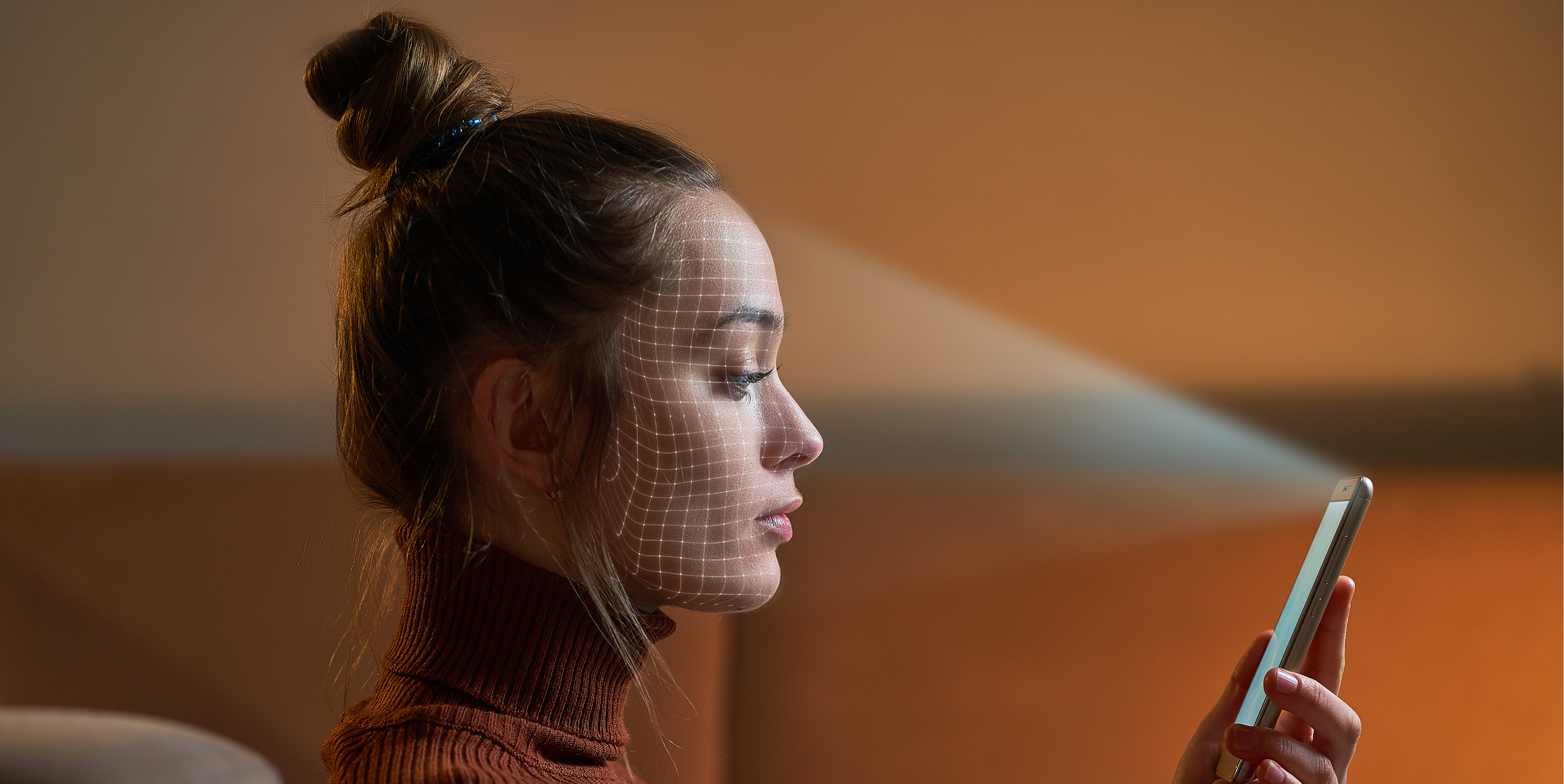
Facial recognition has quietly slipped into our everyday lives. It helps you unlock your phone, breeze through airport security, or clock in at work without pulling out a badge.
Behind the scenes, this technology is doing something pretty remarkable—spotting you based on your face alone.
But what is facial recognition exactly? And how does it know it’s you?
In this article, we’ll break it all down—how it works, where it's used, and what it means for your privacy and security. Whether you're a tech geek or just someone curious about what’s behind your phone’s face unlock, you’ll walk away with a solid understanding of the tech.
So, What Is Facial Recognition?
Facial recognition is a type of biometric technology. That means it identifies people based on something unique to them—in this case, their face.
It works by analyzing facial features like the eyes, nose, and mouth. These features are mapped into a kind of digital signature called a faceprint.
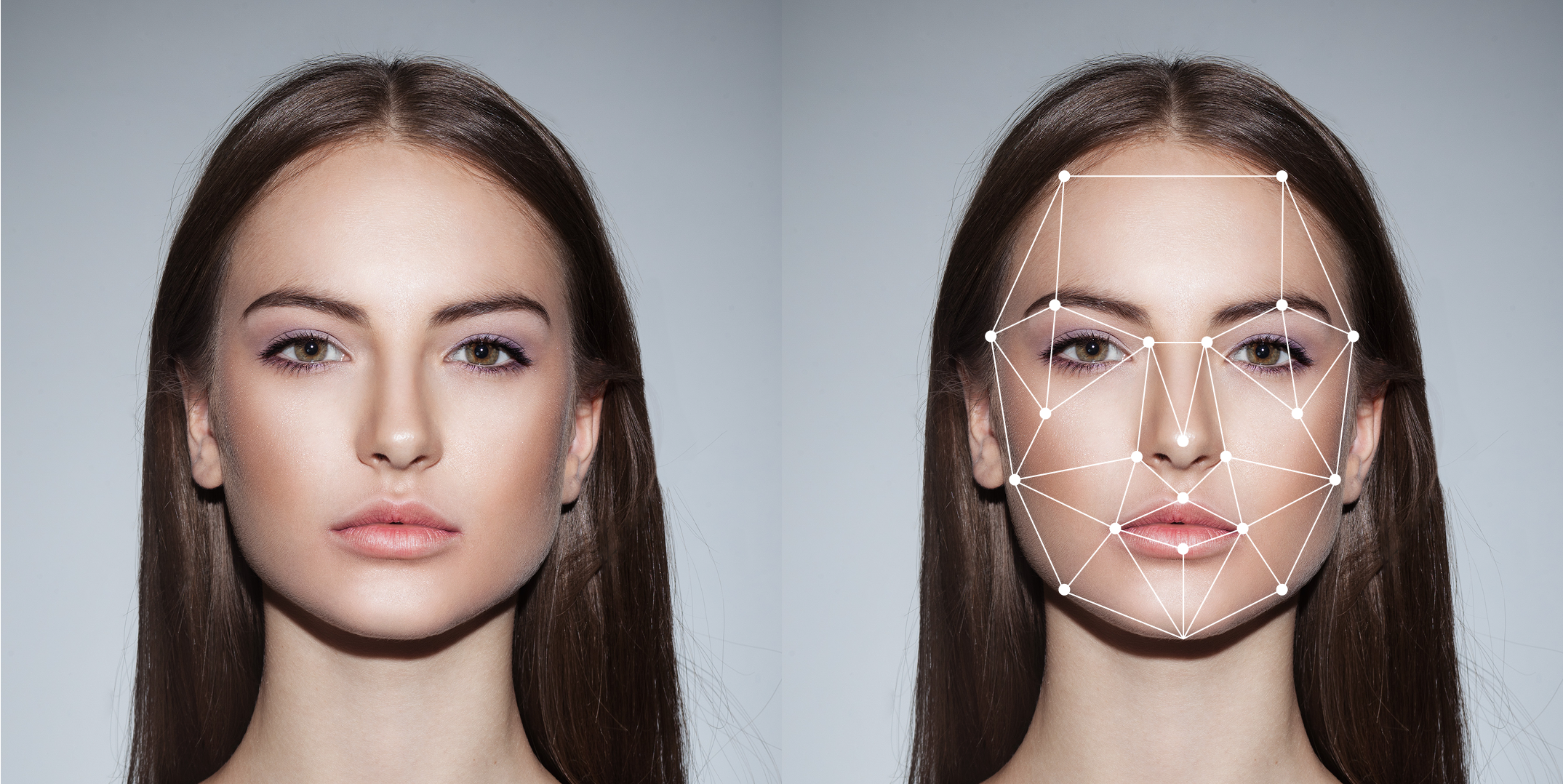
That faceprint is then compared to others stored in a database. If there’s a match? Bingo—you’re verified.
This tech shows up in a lot of places:
- Security systems
- Surveillance cameras
- Identity checks at airports, banks, and workplaces
Because it’s fast and accurate, facial recognition is becoming a go-to solution for identity verification and access control.
Evolution of Facial Recognition Technology
Facial recognition didn’t just appear overnight. It’s been decades in the making, shifting from clunky math experiments to sleek AI-powered systems that can spot a face in a crowd within seconds.
Let’s rewind and see how it all unfolded.

1960s–1990s: The Groundwork
It all started with simple math. Researchers in the ‘60s mapped out facial features by hand—basic, but it laid the foundation. Fast-forward to the '90s, and software like Eigenfaces and Fisherfaces entered the scene. These tools used linear algebra to recognize faces automatically. A big leap forward, but still limited.
2000s: Machine Learning Takes the Wheel
This is when things got smarter. The Viola-Jones algorithm made face detection faster—fast enough for real-time use in images and videos. Thanks to bigger datasets, models could finally learn from thousands (or millions) of faces. This opened the door to biometric systems that were actually usable in real life.
2010s: Deep Learning Changes the Game
Then came deep learning, and everything changed.
CNNs (Convolutional Neural Networks) gave machines the power to see faces like humans do. Tools like DeepFace and FaceNet crushed previous accuracy records.
Now the system could spot faces in bad lighting, odd angles, and even subtle expressions. Verification became fast, smooth, and surprisingly reliable.
2020s: Everywhere and Under Scrutiny
Now it’s on phones, in airports, on street corners. Facial recognition is part of daily life, but it’s not without pushback. People are asking tough questions: Is it fair? Is it private? Who's in control? Bias, surveillance, and data misuse have turned facial recognition into both a marvel and a minefield.
How Facial Recognition Works (Step-by-Step)
Facial recognition might sound like sci-fi, but it runs on a fairly clear process. Here’s how it works from start to finish:

Step 1: Image Capture
Everything starts with a photo or video. A camera captures your face in real time or from saved footage. This becomes the input that the system will analyze.
Step 2: Face Detection
Next, the software detects the face in the image. It separates your face from the background and pinpoints key features—eyes, nose, mouth—so it knows what to focus on.
Step 3: Feature Extraction
Here’s where it gets technical. The system measures the distance between your eyes, the shape of your jaw, your nose width, and more.
This data is turned into a mathematical code: your faceprint.
Step 4: Face Matching
Your faceprint is now compared against a database of stored faceprints. This is where algorithms come in, looking for a close match.
It’s like matching fingerprints—but with your face.
Step 5: Decision Making
If there’s a match, the system decides what to do. Maybe it unlocks a door, logs you into an app, or flags you in a security system. No match? Access denied.

Image Data Collection for Hair Loss Classification Task
- Medicine
- 200 annotated sets
- 1.5 months
Technical Components Behind Facial Recognition
Facial recognition is powered by a smart mix of hardware and software. Each part plays a role in spotting, analyzing, and verifying faces. Let’s break down the core components that make it all work.
Camera and Sensors
It all starts with capturing a face. High-resolution cameras take clear images or videos of people’s faces.
Advanced systems also use infrared (IR) sensors to detect depth. This helps build a 3D model of the face, which boosts accuracy, especially in low light or tricky angles.
Face Detection Algorithms
Before identifying anyone, the system needs to find the face in the image. Algorithms like Viola-Jones scan the photo and isolate the face from the background using Haar-like features—simple patterns that detect contrasts around the eyes, nose, and mouth.
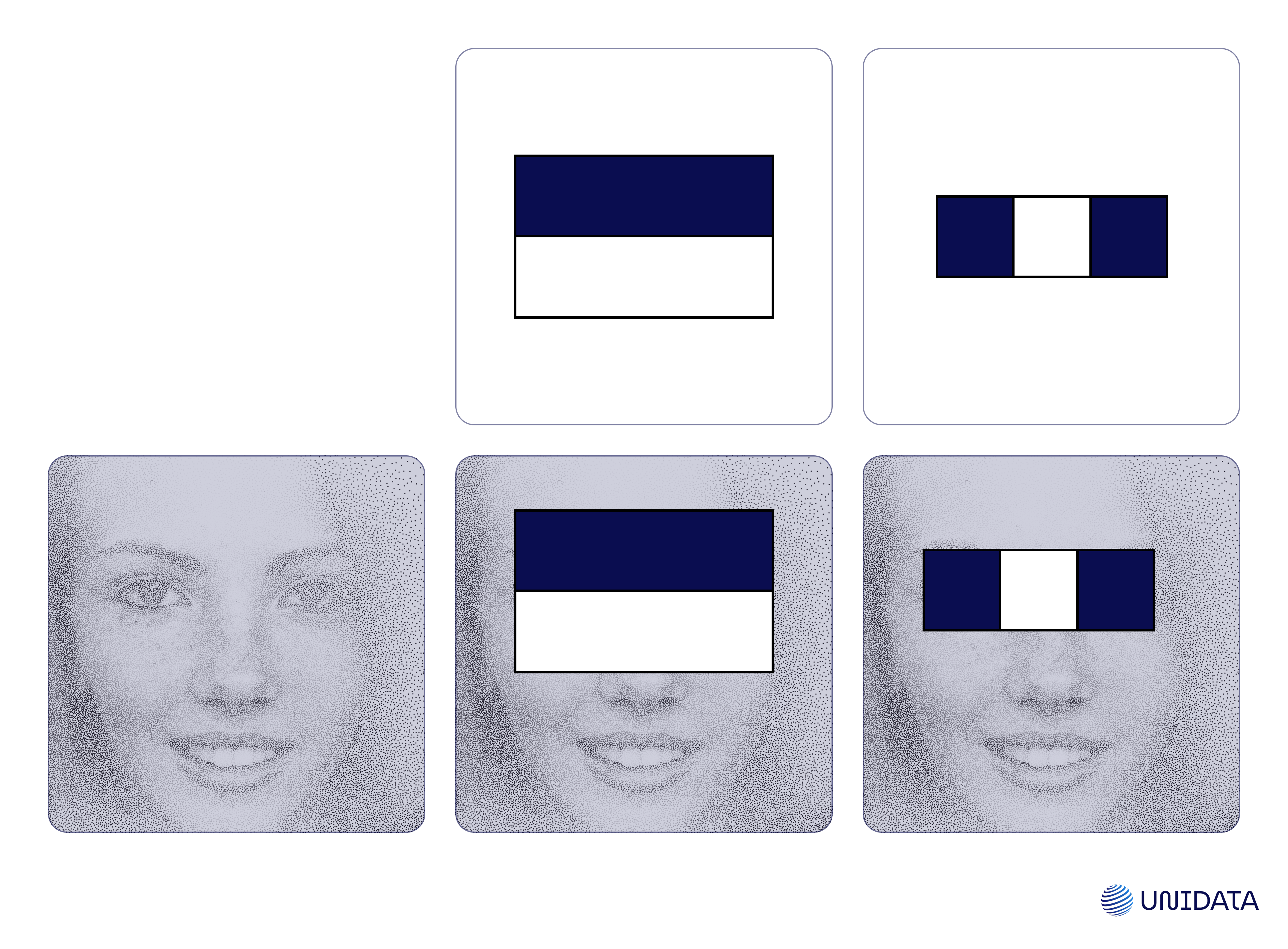
This method is fast and lightweight, making it useful for real-time applications, even if newer deep learning models now handle more complex scenarios.
Feature Extraction Models
Once the face is detected, the system zooms in on the details.
Using neural networks like CNNs (Convolutional Neural Networks) and other algorithms, the software measures specific facial traits—eye distance, nose shape, jawline, and more.
These features are then converted into a unique digital signature called a faceprint.
Face Recognition Algorithms
Now it’s time to match that faceprint with others. Systems like FaceNet, DeepFace, and ArcFace use advanced algorithms to compare your faceprint with those stored in a database. They’re designed for both identity verification (are you who you say you are?) and biometric matching (who is this person?), with a high level of accuracy.
Security & Privacy Protocols
Handling facial data means serious responsibility.
Modern systems use encryption and anonymization to protect stored faceprints and stay compliant with data privacy laws.
This helps prevent misuse and builds trust in the system.
Liveness Detection
Last but not least, there's the anti-spoofing layer.
Liveness detection makes sure the face is real, not a photo, video, or mask.
This extra step stops fraud and makes the whole system more secure and reliable.
Facial Recognition Accuracy and Standards
Let’s be honest—nobody wants a system that unlocks for the wrong person or locks out the right one. That’s why accuracy is at the heart of facial recognition. But “accuracy” includes more than just getting a match right—it also means avoiding false matches, protecting against bias, and following global standards.
Here’s a breakdown of what really goes into measuring how accurate and fair a facial recognition system is:
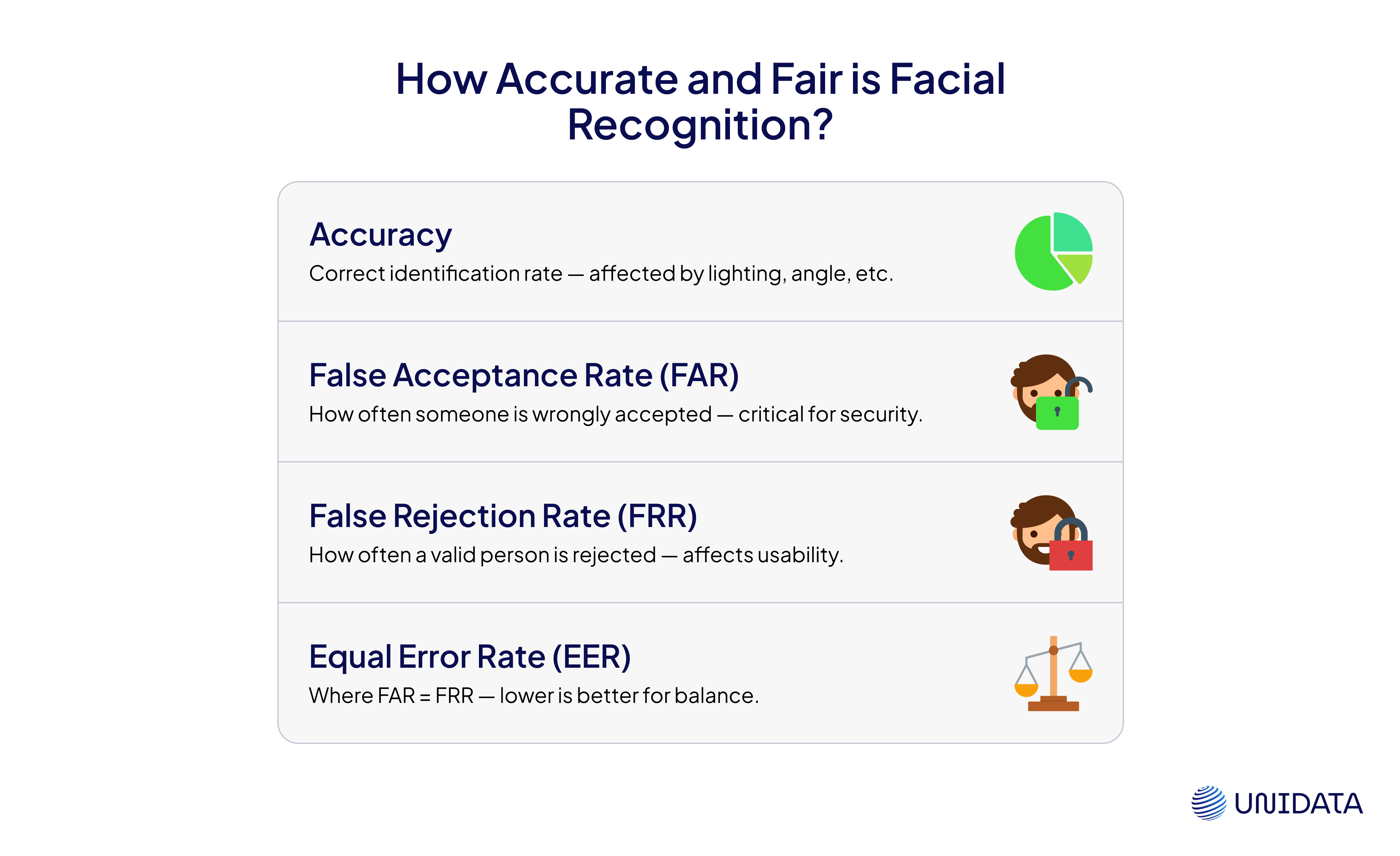
| Aspect | What It Means & Why It Matters |
|---|---|
| Accuracy | Simply put, how good is the system at correctly identifying or verifying people? Higher accuracy = fewer mistakes. But things like lighting, camera angles, and facial coverings can affect it. |
| False Acceptance Rate (FAR) | How often does the system wrongly accept someone who shouldn’t get access? A low FAR is crucial for security—especially in places like banks or airports. |
| False Rejection Rate (FRR) | How often does the system reject someone who should be allowed in? High FRR can be frustrating for users and slow things down. Systems need to balance FAR and FRR carefully. |
| Equal Error Rate (EER) | This is the point where the system makes equal mistakes in accepting and rejecting. The lower the EER, the better the overall balance between security and usability. It’s a popular way to compare different systems. |
Algorithmic Biases
Even the most advanced facial recognition systems can show bias. That means they may work better for some people than others, based on things like skin tone, gender, or age.
This often happens because the data used to train these systems isn’t diverse enough. If the algorithm hasn’t “seen” enough variety, it won’t perform well for everyone. And in real-world scenarios, that can lead to serious problems.

| Bias Factor | What’s Happening & Why It Matters |
|---|---|
| Demographic Disparities | Systems often have higher error rates for people with darker skin tones, women, and older adults. One reason is that darker skin reflects less light, making it harder for cameras to capture detailed features—especially under poor lighting. As a result, these faces are harder for the algorithm to analyze accurately. |
| Limited Training Data | Many algorithms are trained on datasets that are dominated by lighter-skinned, younger, male faces. If the system rarely sees other types of faces, it won’t learn to recognize them properly. This imbalance in training data leads to skewed performance. |
| Lack of Transparency | Companies don’t always disclose what data they used, how they trained their models, or whether they tested for bias. Without this transparency, it’s hard to audit the system or know whether it will perform fairly in real-life conditions. |
How to Prevent Algorithm Biases
Bias in facial recognition doesn’t fix itself—it has to be actively prevented. That means building systems that are fair from the ground up, tested often, and improved over time. As facial recognition continues to grow in everyday use, avoiding bias is no longer optional—it’s essential.
Here’s how developers and organizations can build more balanced, accurate, and ethical systems:
| Strategy | What It Means & Why It Works |
|---|---|
| Diverse Training Data | Train algorithms on faces from all backgrounds—different ethnicities, genders, and age groups. A broader dataset helps the system recognize everyone equally. Without it, the model tends to favor the groups it sees most during training. |
| Bias Detection & Evaluation | Run regular tests to check if the system performs worse for specific groups. Use metrics to track error rates by gender, age, and race. If one group has more false matches or rejections, that’s a red flag—and a sign the algorithm needs adjustment. |
| Data Augmentation | Use techniques like rotation, brightness adjustment, and occlusion to artificially expand your dataset. This helps simulate real-world conditions and balances underrepresented traits—like lighting variations on darker skin or aging effects—improving robustness and reducing bias. |
That’s Why Training Data Is Pivotal
Training data shapes how the system “sees” faces. If the dataset is skewed—say, mostly featuring young, light-skinned men—the model will perform best for that group and struggle with others.
That’s not always due to bad design. It’s often a matter of visibility—the algorithm simply hasn’t seen enough variety to make fair decisions.
Real-world faces vary widely in tone, age, structure, lighting, and expression. Without training data that reflects that diversity, the system won’t perform equally well across all users.
If you're building or refining a facial recognition system, we provide high-quality, diverse facial datasets designed to support fairness and real-world performance.
Common Applications of Facial Recognition
Here’s how facial recognition is making a real impact across industries:

Security & Surveillance
This is where facial recognition made its name. It powers real-time monitoring in airports, public spaces, and government buildings—spotting threats, identifying persons of interest, and boosting safety. Cities like London and Singapore use it in smart surveillance systems to track suspicious activity and assist law enforcement.

Smartphone Unlocking & App Security
Face unlock is now a go-to feature on phones from Apple and Samsung. It’s quick, secure, and way more convenient than passwords. Facial recognition also protects apps, payments, and sensitive data with just a glance.

Workplace & Access Control
No more key cards or PINs. Many companies now use facial recognition to control who gets into offices or secure areas. It’s faster, harder to fake, and adds a solid biometric layer to building security.

Banking & Financial Services
Banks like HSBC use facial recognition for identity verification during online transactions and account setup. It’s an extra layer of security that helps prevent fraud and keeps sensitive info locked down. This is especially useful for remote onboarding and password-free banking.

Law Enforcement & Public Safety
Police departments and agencies like the FBI rely on facial recognition to identify suspects, locate missing persons, and cross-check faces in massive databases. It speeds up investigations and can help crack cases that would otherwise go cold.

Retail & Customer Experience
Retailers like Walmart use facial recognition to monitor customer behavior, reduce shoplifting, and even tailor product recommendations. It helps businesses improve service while also keeping the store secure.

Healthcare & Patient ID
Hospitals and clinics use facial recognition to confirm patient identities, avoid mix-ups, and restrict access to medical records. It helps improve safety and keeps sensitive health data secure. Some systems even automate check-ins to save time.

Automotive & Driver Safety
Car brands like Tesla and Volvo use facial recognition to monitor driver alertness. These systems detect signs of drowsiness or distraction and can alert the driver or even take action to prevent accidents.

Events & Stadium Security
Big events now use facial recognition for fast check-in, access control, and threat detection. It keeps large crowds moving—and safe—without sacrificing security.
From safety to speed to personalization, facial recognition is quietly transforming how we live, work, and interact. And as it becomes more refined, the ways we use it will only keep expanding.
Key Benefits of Facial Recognition
Enhanced Security
Whether it’s unlocking a device or protecting a secure facility, facial recognition adds a powerful layer of biometric security. It verifies identity in seconds and keeps intruders out—no keys, cards, or passwords required.
Seamless Convenience
Forget PINs and logins. Just look at your phone or walk through a gate. Facial recognition speeds things up without compromising safety, making access smooth and friction-free.
Public Safety
Law enforcement agencies use it to spot suspects, find missing persons, and monitor high-traffic areas. It helps prevent crime and supports faster, smarter responses in real time.
Final Thoughts
Facial recognition is changing how we live, work, and stay secure. But its true impact depends on how responsibly it’s built and used. Accuracy, fairness, and ethical design aren’t optional—they’re essential. And it all starts with high-quality, diverse training data.
If you're looking for diverse, production-ready facial datasets to power your system, we’ve got you covered. Let’s build something better—together.
